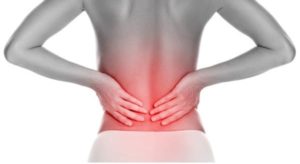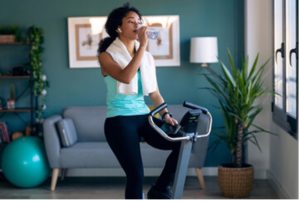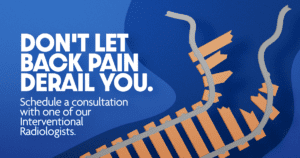Cracking the Back Pain Code: Types, Causes, & Prevention
Understanding and effectively managing back pain is critical to maintaining overall health and well-being. It is a widespread ailment affecting millions, causing discomfort, limiting mobility, and impacting daily activities. While various factors can cause back pain, it is essential to recognize the different types of back pain, their underlying causes, and the benefits of using image-guided spine procedures to aid in back pain relief and management.
Common Causes of Back Pain
The most common cause of back pain is age, which often results in age-related degeneration of the spine’s intervertebral discs, leading to osteoarthritis or degenerative disc disease. Additionally, certain lifestyle choices can contribute to back pain, such as poor posture during extended periods of sitting, improper lifting techniques, and excess body weight, which places unnecessary strain on the spine.
Types of Back Pain
Back pain can be broadly classified into two types: central (axial) pain and peripheral (radicular/radiating) extremity pain. Central pain originates from the spine’s central structures, such as muscles, ligaments, and vertebral discs, often leading to localized discomfort, stiffness, or soreness in the back. On the other hand, peripheral pain occurs when the pain signals extend beyond the spine into the arms or legs, caused by nerve root compression or irritation.
Back Pain Prevention and Management
Preventing back pain is crucial for maintaining a healthy and active lifestyle. Simple habits, such as maintaining good posture while sitting, standing, and lifting objects, can significantly reduce the risk of developing back pain. Regular exercise, especially core-strengthening activities like yoga, Pilates, or swimming, can provide better support for the spine and lower the likelihood of discomfort. A balanced diet and weight management are also vital to overall health and can help alleviate pressure on the back. Implementing these preventive strategies can help significantly reduce back pain’s impact on daily life and overall well-being.
About Kyphoplasty
For those who have spinal fractures, kyphoplasty might be a treatment option! Unlike bed rest, braces, or medication, most people can return to normal activities within a few days. Best of all, it’s a minimally invasive, non-surgical technique and does not require general anesthesia.
Radiology of Indiana is one of America’s leaders in successful Kyphoplasty performance, with more than 1000 procedures already carried out and some 90% of our patients experiencing complete or nearly complete pain relief. To learn more about the procedure and other back pain-related treatments, visit our website today!



